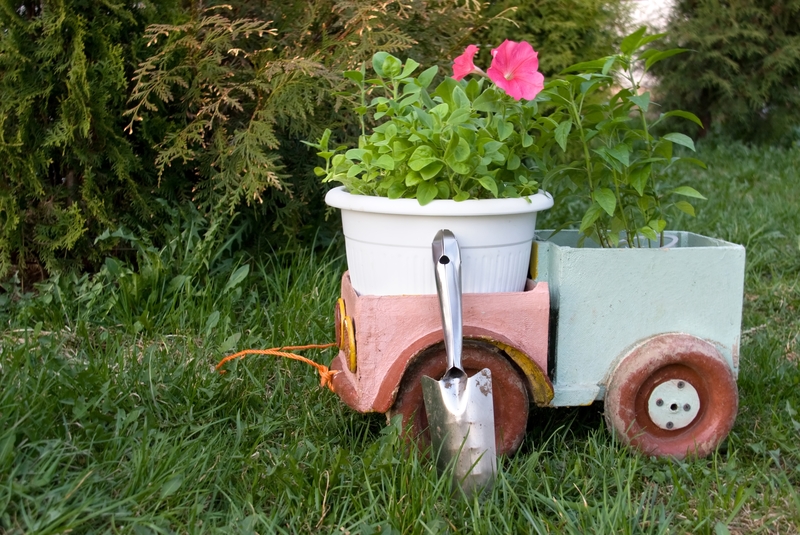
How Glass Recycling Transforms Waste into Resource
In today's world, where the emphasis on sustainability and environmental conservation is gaining momentum, glass recycling stands out as a vital process that transforms seemingly useless waste into valuable resources. Understanding how this transformation takes place is crucial for individuals, businesses, and governments aiming to minimize environmental impact and make the most out of natural resources.
The Importance of Glass Recycling
Glass, being one of the most versatile materials, is used extensively in various industries from packaging to construction. However, its widespread use also means substantial waste generation. Recycling glass can significantly reduce the burden on landfills, conserve raw materials, and save energy.
Environmental Benefits of Glass Recycling
One of the most compelling reasons to recycle glass is the environmental benefits it provides:
- Reduces Raw Material Extraction: Recycling reduces the need for raw materials such as sand, soda ash, and limestone, which are typically used in glass production.
- Conserves Energy: Recycling glass uses about 40% less energy compared to producing new glass from virgin materials.
- Decreases CO2 Emissions: By using less energy and minimizing raw material extraction, glass recycling leads to a decrease in greenhouse gas emissions.
Economic Benefits of Glass Recycling
Beyond helping the environment, glass recycling offers significant economic advantages:
- Job Creation: Recycling facilities and related industries create employment opportunities.
- Cost Efficiency: Using recycled glass, or cullet, can lower production costs in manufacturing due to its lower energy requirements.
- Competitive Market: Recycled glass can be sold and reused indefinitely, maintaining a consistent market demand.
How Glass Recycling Works
The process of turning waste glass into a resource involves several steps:
Collection and Separation
The journey begins with the collection of waste glass from households, commercial establishments, and industrial sources. Separation is crucial and usually involves sorting glass by color, as mixed color glass can be less valuable.
Cleaning and Crushing
Once collected, the glass is cleaned to remove any impurities like paper labels or metal caps. It is then crushed into small pieces, known as cullet. This stage is essential because cullet is the foundational material for making new glass.
Melting and Molding
The cullet is mixed with raw materials, if necessary, and melted in a furnace at extremely high temperatures. This molten glass can be molded into new shapes, such as bottles, jars, and even fiberglass.
Applications of Recycled Glass
The applications of recycled glass are incredibly diverse, thus turning what was once waste into a valuable resource.
Manufacturing New Containers
One of the most common uses for recycled glass is in the manufacturing of new glass bottles and jars. The process is highly efficient and helps conserve resources.
Construction and Infrastructure
Recycled glass finds applications in the construction industry, most notably in the production of paving materials and road surfaces. The crushed glass, mixed with asphalt, creates a more robust product.
Art and Decoration
Artists and designers are increasingly utilizing recycled glass in their work, transforming it into stunning decorative items and functional art pieces.
Challenges in Glass Recycling
While the benefits of glass recycling are significant, the process is not without its challenges:
- Contamination: Effective recycling requires high purity, making contamination a major hurdle.
- Logistics: High transportation costs can affect the economic viability of recycling programs.
- Market Demand: Fluctuations in the demand for recycled glass can impact the stability of recycling operations.
How to Participate in Glass Recycling
Individuals and businesses can actively partake in glass recycling efforts through some simple measures:
- Ensure that glass waste is separated and cleaned before disposal.
- Participate in local recycling programs and encourage community engagement.
- Support legislation and policies focused on enhancing recycling infrastructure and processes.
Conclusion
Glass recycling is an exemplary model of turning waste into resource, underlining the principles of the circular economy. By lessening environmental impact, supporting economic activities, and setting benchmarks for sustainability, glass recycling remains a cornerstone in the movement towards environmental conservation. Embracing the potential of recycled glass by stakeholders at every level can immensely contribute to not only reducing waste but also efficiently using natural resources.
With the concerted efforts of societies, governments, and industries, glass can continue to be a reusable asset rather than an ecological burden, making our world a genuinely sustainable and resource-efficient place to live.
